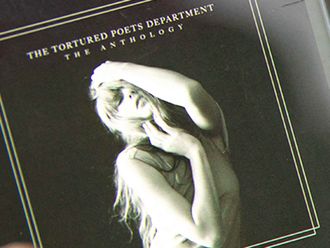
Twerking may be older than you think.
The provocative dance that gained global fame thanks to an attention-grabbing performance by Miley Cyrus has been admitted to the venerable Oxford English Dictionary — and lexicographers say its origins go back almost 200 years.
The dictionary now describes twerking as dancing “in a sexually provocative manner, using thrusting movements of the bottom and hips while in a low, squatting stance.”
It had previously listed the word, but then to refer to a twisting or jerking movement or twitch. Researchers found it used as a noun with that meaning in 1820, spelt “twirk.” It became a verb by 1848, and the “twerk” spelling was popularly used by 1901.
Senior editor Fiona McPherson called revelations about the word’s roots “quite spectacular.”
She said the word as a description of a dance has its roots in the 1990s New Orleans music scene.
Other new entries, announced on Thursday, include social-media term “twitterati” and smokers’ helper “e-cigarette.”
The OED charts the historical development of the English language and has stricter admission criteria than other Oxford dictionaries. New entries must have been in use in both news stories and fiction for at least 10 years.












